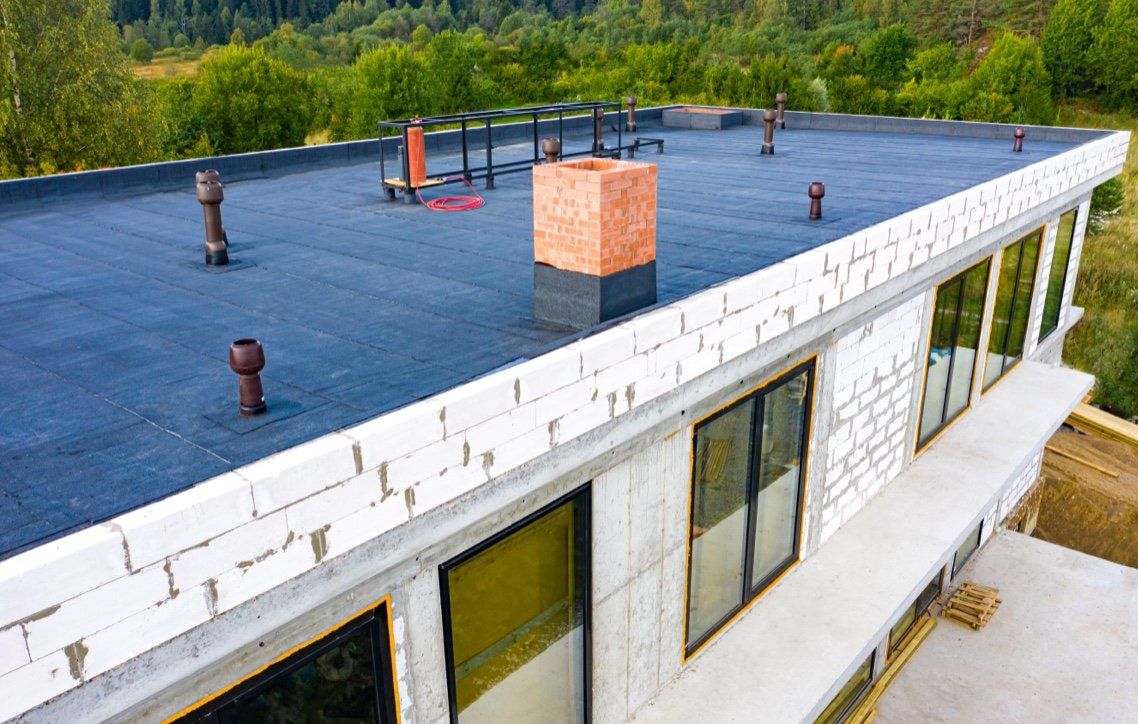The color of your roof affects more than just the look of your home—it can influence your energy efficiency and comfort. Let’s dive into the science of roof colors to determine which one is best for your climate.
The Science of Roof Color and Heat Absorption
Roof color has a direct impact on how much heat your roof absorbs. Darker colors, like black, trap heat, warming your home, while lighter roofs, like white, reflect sunlight and help maintain a cooler indoor temperature.
When to Choose a Light or Dark Roof: Climate Considerations
Choosing the right roof color largely depends on where you live:
- Hot Climates: Opt for white or lighter roofs to reflect heat, lower indoor temperatures, and save on cooling costs.
- Cold Climates: For colder climates, darker roofs are better because they absorb heat, helping to maintain warmth inside and lower heating costs.
- Mild Climates: In regions with moderate climates, you may opt for neutral or slightly darker tones, depending on your home’s insulation and energy efficiency requirements.
The Role of Roof Colors in the Urban Heat Island Effect
White roofs are especially effective in reducing the urban heat island effect—where city areas experience higher temperatures due to dark surfaces like asphalt and roofs. By reflecting sunlight, white roofs can contribute to cooler city temperatures and lower energy consumption on a larger scale.
Expert Tips from Weathercraft on Selecting Roof Colors
To help you choose the perfect roof color, keep these tips in mind:
- Climate Suitability: Keep your local climate in mind when choosing a roof color.
- Material Durability: Ensure the roofing material you choose is compatible with the color.
- Aesthetic Appeal: Choose a color that complements your home’s overall aesthetic.
- Cost-Effectiveness: Weigh the initial cost against future savings on energy bills.
We assist homeowners in selecting the best roof color and material to fit their needs and financial plans.
